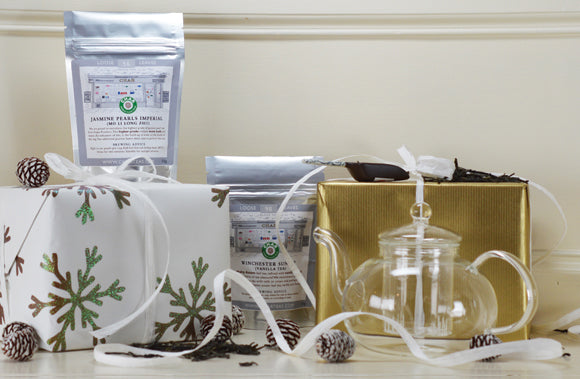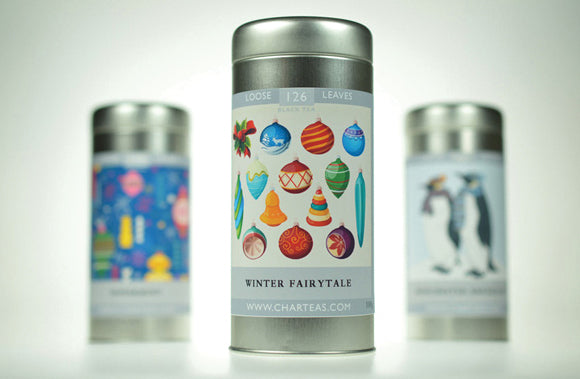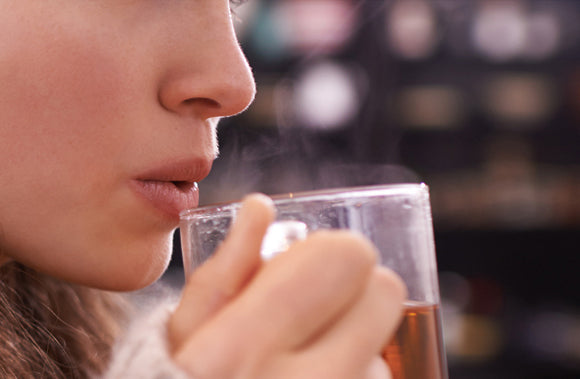
Tea Dyeing
In my long years of tea study, the first time I came across the idea of dyeing fabric with tea was embarrassingly recently. I could not shake the idea from my head though - of course tea can be used this way! We use tea and coffee as kids to age paper when we want to make a pirate map, why not fabric?
Tea contains tannins, which bond well to natural fibres like linen and cotton. Once bonded, metals such as aluminium, copper, and iron can be used to modify the colour by reacting with the tannins. Your fabric choice can also impact the impact of these processes. Therefore, it can have quite different effects between dye batches, so there is a level of trusting the process involved when dyeing with tea!
My Mission
Obtain Garments for Staining
Firstly, I got four white tops (two linen, and two cotton) from charity shops. It is important to go for 100% natural fibres for this, as the tannins will not take as well to synthetic materials.

Tea Bath
Once I had obtained the black tea (about 250g was used for 4 garments), I divided the tea leaves evenly between two pots, filled the pots 3/4 with boiling water, and left the tea on a low heat for about half an hour to allow the leaves to infuse. The scent of tea filled my kitchen strongly, which was a hidden bonus. I then took the pots off the heat and submerged the garments for a further half an hour.

Mordant Treatment
Certain metals are used to aid the binding of a dye to a fabric, and can alter the colour impact of that process.
From the tea bath, one linen top and one cotton top went into an aluminium solution with 80°C water and half a teaspoon of aluminium powder to soak for 15 minutes. I was curious about the difference the different materials would have on the dyeing process, and whether the tea or the mordant would take to one material more than another.
I repeated this step for the other two garments, but with iron.
After this, the garments were rinsed and set out to dry! Here are the final results!

I chose not to remove the tea leaves before the steeping process - partly because I wanted to see if direct contact with the tea leaves would have an interesting staining effect, but it did not. The two lighter coloured garments are the iron treated batch. The difference of material had far less of an impact on the final colour than the mordants did. Overall, I would consider this mission a success!
Which is your favourite effect? Would you try natural cloth dyeing with tea?

 Assam
Assam
 Black
Black
 Breakfast
Breakfast
 Caffeine Free
Caffeine Free
 Ceylon
Ceylon
 Cold Brew
Cold Brew
 Darjeeling
Darjeeling
 Decaffeinated
Decaffeinated
 Earl Grey
Earl Grey
 Favourites
Favourites
 Flavoured
Flavoured
 Flowering
Flowering
 Fruit
Fruit
 Green
Green
 Herbal
Herbal
 Jasmine
Jasmine
 Mate
Mate
 Oolong
Oolong
 Organic
Organic
 Pu Erh
Pu Erh
 Rooibos
Rooibos
 Scented
Scented
 Smoked
Smoked
 Sparkling
Sparkling
 White
White
 Winchester
Winchester
 Loose Tea
Loose Tea
 Tea Bags
Tea Bags
 Gift Caddies
Gift Caddies
 Teapots
Teapots
 Accessories
Accessories
 Tea Tins
Tea Tins
 Storage
Storage


